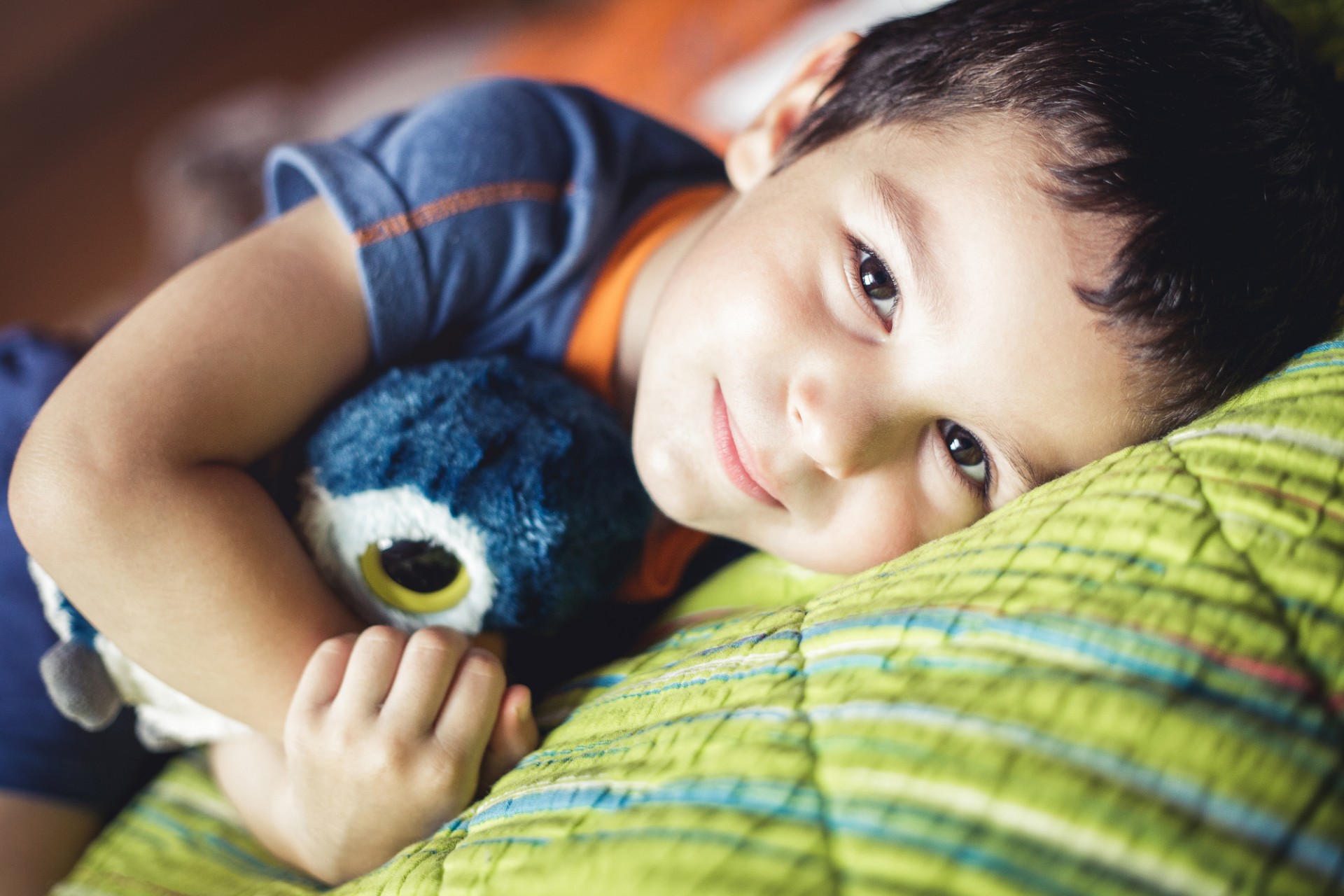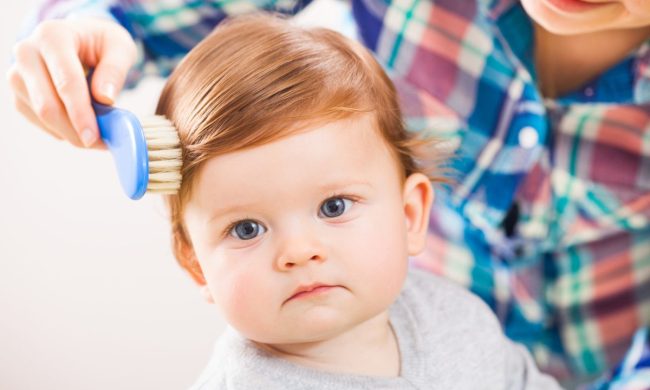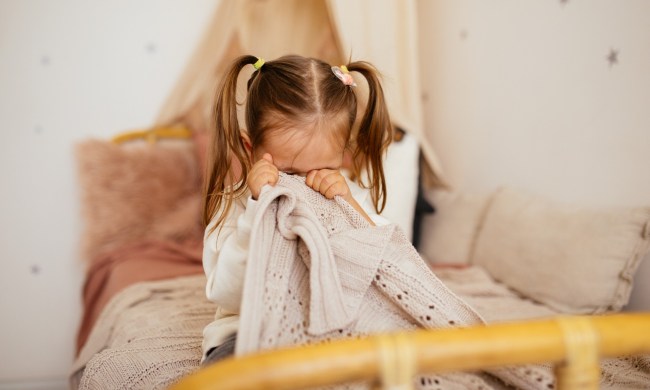As much as toddlers enjoy their exploration, their playtime, and their naps, their daily routine needs to be … well, a routine. We definitely want the best for our little ones, and that includes structure that gives them an element of security in knowing what’s going to happen next and tons of opportunities for learning, as noted by the Department of Health & Human Services.
So we have some insights to share about setting up a daily routine for your toddler.
Morning routine
Mornings should start off with a consistent wake-up time. Getting up at the same time every morning establishes a healthy pattern for your toddler’s sleep cycle, which paves the way for a more pleasant day. If you’re not in too much of a rush to head out the door, this time also provides an opportunity for your child to learn basic self-care such as getting dressed, grooming, and brushing teeth.
Part of the morning routine should also include a healthy breakfast that’s preferably not loaded with sugary cereal that can cause a mid-morning crash and a bad case of the “grumpies” for your little one.
Playtime with parent or playgroup
Once your toddler’s day is underway, he or she should also have time allotted to play, which at this age serves as the main vehicle for learning. Children gain so many skills from one-on-one time with parents or a playdate with friends. Communication and socialization are just two valuable advantages of playtime. Plus, depending on the activities, toddlers also gain more development of their fine motor skills if modeling clay or coloring are involved, not to mention all of the benefits connected with music if you incorporate singing and dancing.

Snack and mealtimes
Not only do toddlers get to partake of tasty and nutritious food, but the meal and snack times also provide opportunities for incorporating life skills in the following areas:
- Nutrition
- Table manners and etiquette
- The importance of helping out
Older toddlers can take turns handing out the napkins or plates, which sets a positive tone for completing simple chores. Plus, this gives you (or the caregiver) some time to get off your feet and have a seat while the children are eating.
Outdoor play and exploration
When the weather allows, toddlers should also have a chance to go outside to play or to go for a short walk. Any climbing that takes place on the playground or any games that are played outdoors not only give children time to get some fresh air but also to develop their gross motor skills. In relation to games, they also learn how to take turns and follow the rules of a game.
The change of seasons also offers opportunities to learn some simple aspects of science, like why leaves change colors in the fall or how caterpillars turn into butterflies. Toddlers would enjoy and learn a lot from interacting with nature. Another great idea is to allow your toddler to help with simple gardening tasks like watering the plants or picking vegetables.
Evening and bedtime routine
As the day draws to a close, you’ll need to carve out time in the evening for your toddler to wind down and relax before eating dinner and going to bed. This is also a good time to pass on some more valuable lessons through the following practices:
- Allowing your toddler to choose a part of or the entire outfit for the next day
- Encouraging your toddler to pick up toys and to put them back where they belong
In addition to these activities, toddlers can pick up the lessons on self-care again through the nighttime habits of brushing their teeth and bathing before going to bed. Finally, keeping the bedtime consistent every night will allow your little one to get adequate rest, which is important especially during the growth-spurt phase when energy levels tend to fluctuate. And of course, don’t forget the bedtime story.

Basically, keeping a daily routine can easily become automatic for toddlers. Indeed, some flexibility might be needed in the event of emergencies or changes in the family dynamic, like the birth of a sibling, but consistency provides a safe haven for your little one to feel secure when he or she has a clear picture of what each day will bring.



